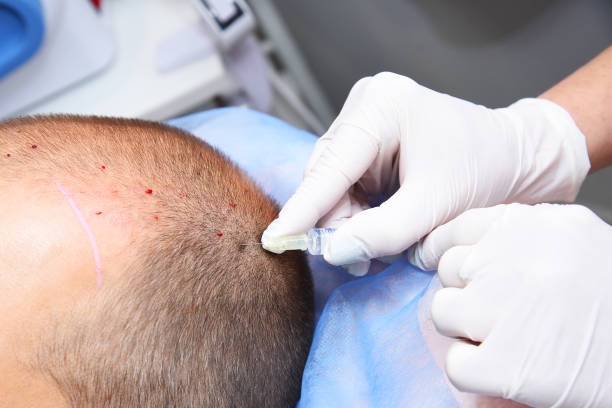FUE vs. FUT: Which Hair Transplant Technique is Right for You?
Hair loss is a common concern for many people, and hair transplant surgery offers an effective solution. When considering hair restoration, one of the crucial decisions you'll need to make is choosing between two primary techniques: FUE (Follicular Unit Extraction) and FUT (Follicular Unit Transplantation). Each method has its advantages and drawbacks, and the right choice for you depends on various factors. In this blog post, we'll compare FUE and FUT to help you determine which hair transplant technique may be the best fit for your needs.
FUE (Follicular Unit Extraction):
Extraction Method:FUE involves the individual extraction of hair follicles from the donor area using a small, punch-like instrument.Hair Transplant in Islamabad This method is minimally invasive and leaves tiny, nearly invisible scars.
Scarring:FUE typically results in small, dot-like scars scattered throughout the donor area. These scars are less noticeable than the linear scar produced by FUT, making FUE a preferable choice for those who want to wear shorter hairstyles.
Recovery Time:Patients usually experience a quicker recovery with FUE, as there are no sutures to remove. Swelling and discomfort are generally less severe and resolve more rapidly.
Suitable Candidates:FUE is ideal for individuals with minimal to moderate hair loss, those concerned about scarring, and those who prefer shorter hairstyles.
Number of Grafts:FUE is suitable for harvesting a lower number of grafts per session compared to FUT. Multiple FUE sessions may be required for extensive hair restoration.
FUT (Follicular Unit Transplantation):
Extraction Method:FUT involves the removal of a strip of skin with hair follicles from the donor area. The follicular units are then dissected from this strip for transplantation.
Scarring: FUT leaves a linear scar in the donor area, which can be more noticeable when wearing short hairstyles. However, advancements in surgical techniques have reduced the visibility of scars.
Recovery Time:FUT typically has a longer recovery period compared to FUE. Sutures need to be removed, and there may be more post-operative discomfort and swelling.
Suitable Candidates:FUT is a suitable choice for individuals with significant hair loss who require a large number of grafts in a single session. It can provide higher graft yields per procedure.
Cost-Effectiveness:FUT can be a more cost-effective option for individuals requiring a large number of grafts because fewer sessions may be needed.
Choosing the Right Technique:
To determine which technique is right for you, consider the following factors:
Extent of Hair Loss: Individuals with minimal to moderate hair loss may find FUE sufficient, while those with advanced hair loss may benefit from the graft quantity provided by FUT.
Scarring Concerns:If you are concerned about noticeable scarring and prefer shorter hairstyles, FUE may be the better choice.
Recovery Time:Assess your tolerance for recovery time and post-operative discomfort. FUE offers a faster recovery.
Budget: Consider your budget and the number of grafts you need. FUT can be more cost-effective for larger procedures.
Consultation:Consult with a qualified hair transplant surgeon who can evaluate your specific hair loss pattern and recommend the most suitable technique based on your individual needs.
In conclusion, the decision between FUE and FUT for your hair transplant should be made carefully and in consultation with a qualified surgeon. Both techniques can provide excellent results, but the choice ultimately depends on your unique circumstances and priorities. The most important factor is to choose a skilled and experienced surgeon who can perform the chosen technique to achieve your desired outcome.


No comments yet